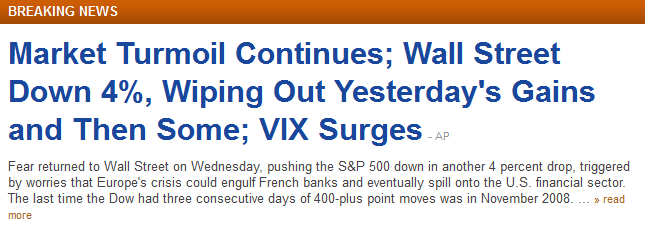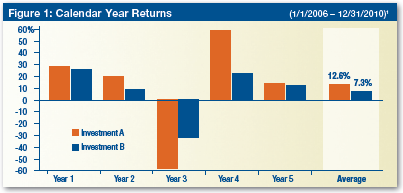Content as Journalism, not Marketing
Asset managers typically have experienced writers on staff. Yet most of our clients struggle to consistently produce as much compelling content as they’d like.
In most cases the challenge is not a lack of ideas but difficulty in execution. We hear things like:
- There are tons of opinions floating around this place. We just can’t harness them all.
- We have great ideas, but all of those ideas ultimately turn into 10-page PDFs.
- Our process for producing a piece of content simply takes too long.
When I look at these issues, I think about newspapers, magazines, and blogs. These entities live (and die) by their ability to consistently create compelling content, and succeed only by overcoming the problems voiced above.
That leads me to ask: what if investment firms treated content-generation as journalism instead of marketing?
Consider that there are important differences in the ways journalists produce content when compared to marketers. There are editorial structures, processes, and a pacing associated with journalism that simply don’t exist within asset management marketing teams, even if some of the same skill sets do.
Why not incorporate these advantages? Have 1-2 people serve as “staff writers”, and make it their full-time jobs to create a constant stream of content. These writers could:
- Attend all important firm events (conferences, conference calls, Webcasts, sales meetings)
- Interview all portfolio managers on a quarterly basis
- Consume industry press and competitors’ content
Then let the source material guide the output – in some cases short blog posts, in others long-form papers. A journalistic mentality means you let the idea and process dictate the nature of the output. Even with a dose of attrition (pieces that ultimately fail), I think content production would improve for most firms.







